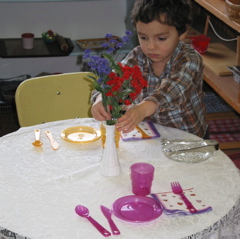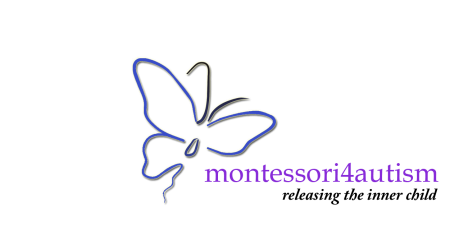Personal Well-Being
Personal Well-Being

Personal well-being is key to effective learning. A typical Montessori classroom is a bright and inviting place, with most objects sized appropriately for the specific ages of its students. As a rule, the classrooms have their own small kitchenettes, where children can serve their snacks as well as learn to cook and wash dishes. Some classrooms have their own bathrooms. There are plants, flowers, and often classroom pets cared for by the children themselves – at various times, my son’s classroom was home to a bird, rabbit, snake, and turtle.
During recess, children are supervised by the Guides or by Montessori-trained classroom aides, rather than paraprofessionals as in many public schools. Such careful oversight enhances the safety and well-being of a child with special needs outside the classroom. In summary, a Montessori classroom is a comfortable environment which maximizes learning at multiple levels while minimizing stress. Sadly, I think that the adverse effects of stress on learning are a hugely underemphasized factor in conventional settings for ASD children.
